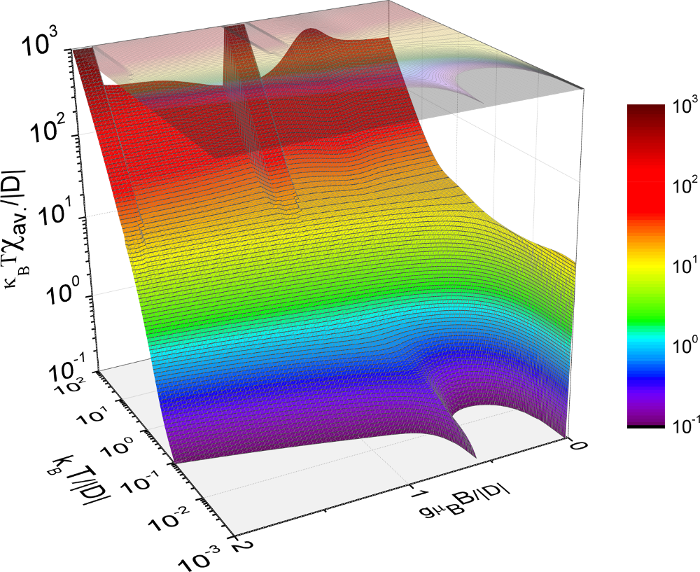



Invited talk
Modeling magnetism of single molecules: from electronic structure to spin-flip spectroscopy
1Centro de Física de Materiales CSIC-UPV/EHU; Donostia International Physics Center (DIPC), Departamento de Física de Materiales UPV/EHU, Paseo Manuel de Lardizabal 5, 20018 Donostia-San Sebastián, Spain
2IKERBASQUE, Basque Foundation for Science, 48013 Bilbao, Spain
3Instituto de Física, Universidad Autónomade San Luis Potosí 68000, San Luis Potosí, México
4Departamento de Física Aplicada, Universidad de Alicante, San Vicente del Raspeig s/n 03690, Alicante, Spain
Magnetic molecules and single-molecule magnets in particular have attracted a lot of interest due to their capability to store magnetic information, offering a high storage density, promising stability and fast spin-manipulation [1]. Information about the magnetic properties of ensembles of these molecules is available through a series of experimental techniques, from variable-temperature magnetic susceptibility, to infrared spectroscopy, neutron scattering or electron paramagnetic resonance [2]. In addition, spin-flip spectroscopy provides a direct access to spectroscopic information of single molecules deposited on a substrate [3]. Density functional theory (DFT) calculations yields valuable theoretical information of these objects, but it is not especially suited to treat the low-energy magnetic properties. By contrast, spin models offer detailed information of the magnetic properties which can be directed compared with experiments, but they lack of the predictive capability of DFT since they rely on phenomenological parameters. Here we show that by combining DFT and electronic or spin models one can extract magnetic properties such as the magnetic susceptibility. We illustrate the treatment with Co-benzene magnetic clusters where we predict a non-collinear magnetization [4]. In addition, we show that the transport properties can very often be studied by using a generalized Anderson model. In particular, we demonstrate that cotunneling is the leading mechanism that accounts for the spin-assisted inelastic conductance observed in adsorbed Co-phthalocyanine molecules [5].

Figure 1: Contour plot of the average magnetic susceptibility of a (CoBc)3 molecule versus applied magnetic field and temperature (in units of the uniaxial magnetic anisotropy parameter D).
[1] M. N. Leuenberger and D. Loss, Nature 410, 789 (2001).
[2] A. Furrer and O. Waldmann, Rev. Mod. Phys. 85, 367 (2013).
[3] X. Chen et al., Phys. Rev. Lett. 101, 197208 (2008).
[4] A. W. González et al., in preparation.
[5] F. Delgado and J. Fernández-Rossier, Phys. Rev. B 84, 045439 (2011).